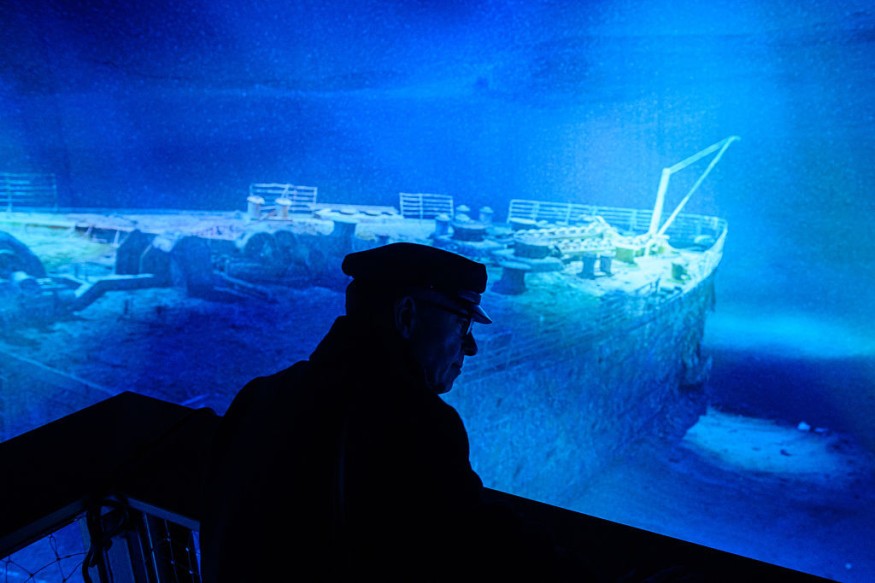A Nazi patrol boat sank in the North Sea back in 1942 but toxic chemicals are still spewing from it even after 80 years, according to a new study led by Belgium. The historic Nazi shipwreck reportedly underwent toxic chemical leakage, affecting marine sediments and its immediate marine environment. Scientists are concerned there are environmental repercussions but, there is still a glimpse of positivity.
The new research confirms the sunken boat is still polluting the seafloor around it, affecting the microbiology and geochemistry of the seafloor around it. However, there are reported signs that marine life is adapting to the leakage, which includes polycyclic aromatic hydrocarbons (PAH's) from the ship's fuel, heavy metals, and explosives. Furthermore, this is also likely the case for other wartime shipwrecks.
North Sea Nazi Shipwreck

The new paper about the discovered North Sea Nazi shipwreck was published in the journal Frontiers in Marine Science on October 18, which highlights that historic shipwrecks like the old Nazi war ship form an anthropogenic landmark in a marine environment. Yet, its impact on local geochemistry and microbiology remains mostly unexplored.
To address this gap, the researchers sampled sediment and steel hull around the World War II Nazi shipwreck V-1302 John Mahn, located off the coast of Belgium at a depth of 115 feet. The research team found that PAH's level indicates the shipwreck is still "influencing" the surrounding sediments. However, the effect depends on which side of the Nazi wreck the seafloor is nearby.
Also Read: 'Ghost Ship' Sunken During World War II Resurfaced from the Depths Due to Volcanic Activities
Sign of Marine Life
The paper highlights that there are some signs marine life adapted to the capsized wreck, wherein some bacteria are still eating the sunken ship's metallic remains.
Furthermore, the new study has a premise based on past research, estimating that shipwrecks that have sunk during World War I and World Ward II may be around 2.5 million, weighing around 20.4 million metric tons of petroleum products, according to Smithsonian Magazine.
World War II Shipwrecks
The team suggests this chemical and geological phenomenon could also be the case for thousands of wartime shipwrecks in the North Sea, which is situated between the British Isles and the mainland Europe. Amidst the multitude of wrecks, the Belgian study has chosen the said Nazi vessel due to certain unique factors.
Project leader Maarten De Rijcke, who works as a researcher with the Flanders Marine Institute in Belgium, informed Live Science that they chose V-!302 John Mann since its position in the North Sea gives enough hydrological conditions. In addition, it is also away from shipping lines, within the range of good visibility, and located in an accessible depth.
In February 1942, the shipwreck of the German Kriegsmarine sank to the bottom of the North Sea. The John Mann was initially a German fishing trawler since its launched in 1927. Still, it became a World War II war boat under the control of Germany's Nazi Part, founded by the German Workers' Party.
Related Article: World War II Boat Emerges as Waters at Lake Mead Declines
© 2025 NatureWorldNews.com All rights reserved. Do not reproduce without permission.





